What Are the Application Scenarios for Self-drilling hollow anchor rods?
Time:2025-06-30From:sinorock View:
Self-drilling hollow anchor rods are advanced engineering tools that integrate drilling, grouting, and anchoring into a single, efficient process. Renowned for their versatility, they address complex geotechnical challenges in various construction and mining scenarios. This article explores the primary applications of self-drilling hollow anchor rods in foundation engineering, slope stabilization, tunnel and underground construction, and mining engineering, with a focus on their ability to tackle difficult geological conditions.
1. Foundation Engineering
Self-drilling hollow anchor rods are a cornerstone in foundation engineering, particularly in projects with challenging geological conditions. Their ability to provide robust support in unstable or complex ground makes them indispensable for deep foundation works, such as those for high-rise buildings, bridges, and infrastructure developments.
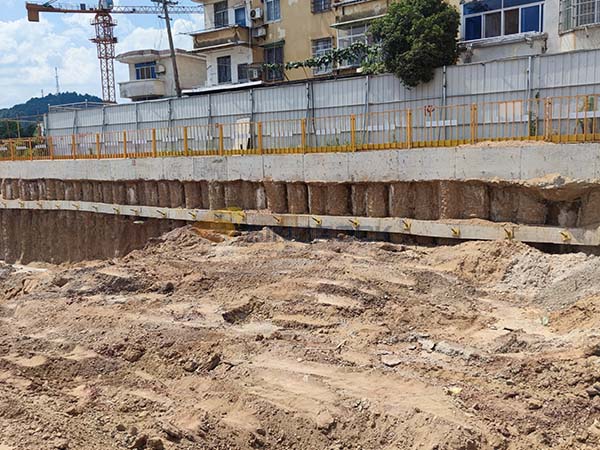
1.1 Complex Ground Conditions in Deep Excavations
Self-drilling hollow anchor rods excel in stabilizing deep excavations in difficult terrains, such as those with quicksand, silt, thick sand layers, or gravelly soils. They are particularly effective in:
• High groundwater levels: Where seepage or water inflow complicates traditional anchoring methods, self-drilling hollow anchor rods ensure reliable installation by injecting grout to seal voids and enhance stability.
• Neighboring buildings: In city environments, where nearby buildings or pipelines demand strict deformation control, self-drilling hollow anchor rods minimize ground disturbance.
• Collapsible or water-rich strata: Unlike traditional rock bolts, which may fail due to borehole collapse, self-drilling hollow anchor rods maintain structural integrity during installation.
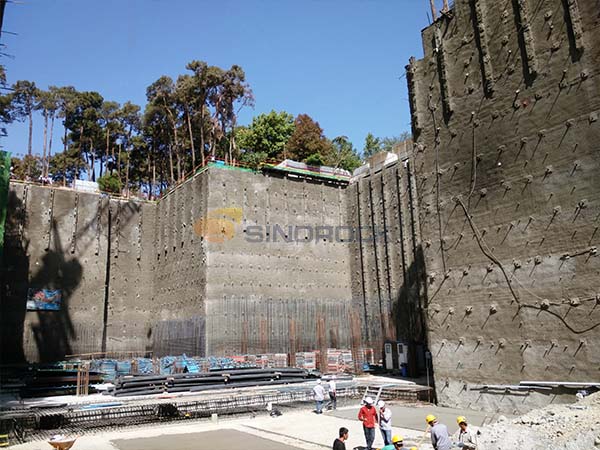
1.2 Foundation Reinforcement and Uplift Resistance
Self-drilling hollow anchor rods are used to reinforce soft or weak soil layers beneath existing structures, preventing settlement or tilting. They are also critical for:
• Structural rectification: Providing controlled uplift forces to correct building settlement or tilt.
• Anti-uplift anchoring: In areas with high groundwater, self-drilling hollow anchor rods secure underground structures like basements, water tanks, or caverns against buoyancy forces.
1.3 Specialized Foundation Applications
For large-scale equipment or oil storage tanks built on poor ground conditions, self-drilling hollow anchor rods provide stable anchoring solutions, ensuring long-term structural integrity.
2. Slope Stabilization
Self-drilling hollow anchor rods are widely used in slope stabilization to prevent landslides, erosion, or collapse in both natural and engineered slopes. Their rapid installation and adaptability to unstable ground conditions make them a preferred solution for critical infrastructure projects.
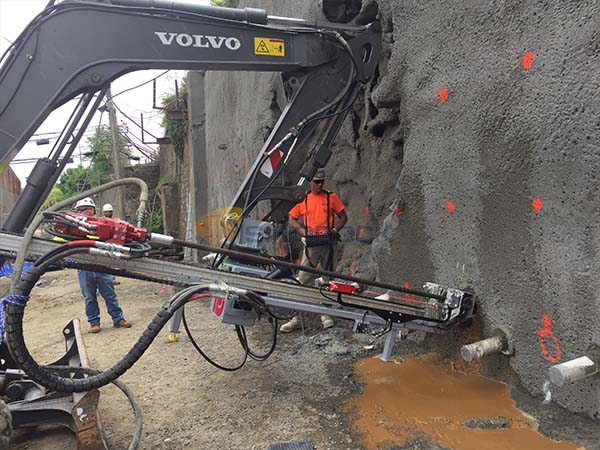
2.1 Stabilization of Unstable Slopes
Self-drilling hollow anchor rods are ideal for reinforcing:
• Highly weathered or fractured rock slopes: These rock bolts penetrate difficult layers, providing permanent or temporary support.
• High and steep slopes: They ensure stability in challenging topographies, such as those along highways or railways.
• Loose or heterogeneous fill slopes: Self-drilling hollow anchor rods stabilize complex fill materials, preventing movement.
2.2 Emergency Slope Reinforcement
In scenarios where slopes show signs of sliding or localized collapse, self-drilling hollow anchor rods offer a rapid and effective response. Their ability to quickly form a robust support system is unmatched, making them critical for disaster mitigation.
2.3 Road and Railway Slope Stabilization
Self-drilling hollow anchor rods are extensively used to reinforce cut slopes in road and railway projects, particularly in areas with loose soils, fractured rock, or water-rich zones. They ensure the safety of transportation corridors by preventing slope failures.
3. Tunnel and Underground Construction
Self-drilling hollow anchor rods are essential in tunnel and underground construction, providing reliable support in challenging geological environments. Their versatility and efficiency make them a go-to solution for stabilizing tunnel structures and surrounding ground.
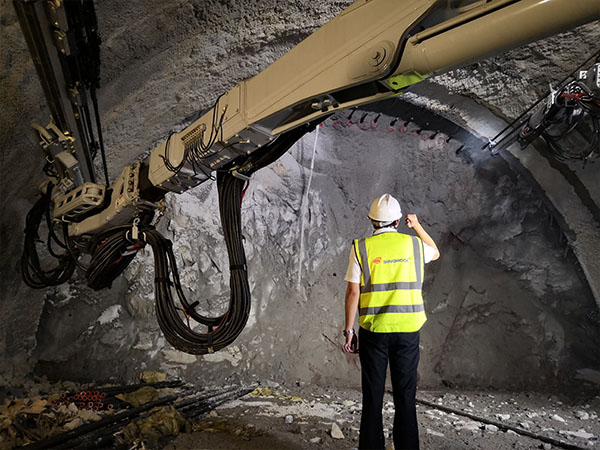
3.1 Systematic Tunnel Support
In tunnels with weak surrounding rock, such as weathered rock or fault zones, self-drilling hollow anchor rods reinforce the arch and sidewalls, controlling deformation. They are critical in:
• Shallow-buried tunnels: Where surface settlement must be minimized, such as in urban metro systems.
• Soft ground tunnels: Ensuring stability in soil or loose rock conditions.
3.2 Pre-Support for Tunnel Faces
Self-drilling hollow anchor rods are used as pre-support in unstable ground ahead of the tunnel face, preventing collapse during excavation. They are often employed as pipe roofs or pre-support anchoring in water-rich or loose formations.
3.3 Small-Section Tunnels and Caverns
In confined spaces, such as pilot tunnels, shafts, or connecting passages, self-drilling hollow anchor rods provide effective support due to their ease of installation in restricted environments.
3.4 Underground Storage and Facility Support
Large underground caverns, such as oil or gas storage facilities, rely on self-drilling hollow anchor rods to stabilize surrounding rock in poor geological conditions.
3.5 Tunnel Portal and Slope Stabilization
Tunnel entrances and exits often face complex geological challenges. Self-drilling hollow anchor rods reinforce weathered or fractured slopes at these critical locations, ensuring structural safety.
4. Mining Engineering
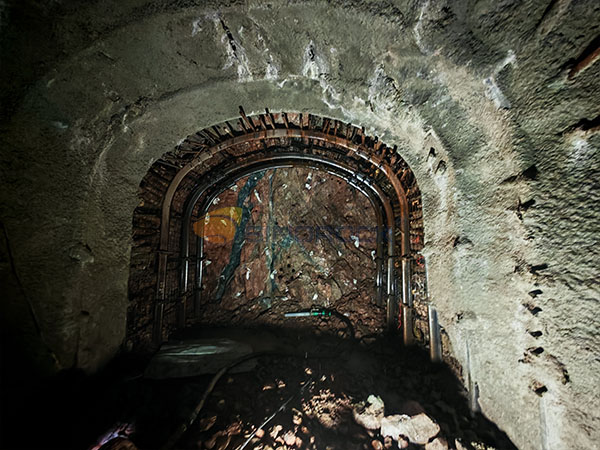
In mining engineering, self-drilling hollow anchor rods ensure the safety and efficiency of underground and open-pit operations by stabilizing unstable ground conditions.
4.1 Mine Tunnel Support
Self-drilling hollow anchor rods are a primary or supplementary support method in underground mine tunnels, particularly in:
• Fractured roof or weak surrounding rock: Ensuring stability in coal or metal mines.
• High-stress or water-rich zones: Providing rapid and reliable support to prevent collapse.
4.2 Open-Pit and Underground Chamber Support
Self-drilling hollow anchor rods stabilize high walls in open-pit mines and underground chambers, such as pump rooms or substations, ensuring safe working conditions.
4.3 Emergency and Temporary Support
In cases of localized roof falls or wall collapses, self-drilling hollow anchor rods provide rapid reinforcement, mitigating hazards and maintaining operational continuity.
Conclusion
Self-drilling hollow anchor rods are a transformative solution in geotechnical and mining engineering, addressing critical challenges in complex geological conditions. Their applications in foundation engineering, slope stabilization, tunnel construction, and mining engineering highlight their versatility, rapid installation, and reliability. By solving issues like borehole collapse, water inflow, and unstable ground, self-drilling hollow anchor rods have become the preferred choice when traditional methods fall short. As infrastructure and mining projects grow in complexity, self-drilling hollow anchor rods will continue to play a pivotal role in ensuring safety and efficiency.
latest news
-
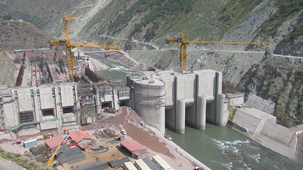
- What Are the Applications of SDA Bolts in Hydropower Stations?
- Time:2025-08-21From:This Site
- Learn how self-drilling anchor bolts enhance slope stability, tunnel support, and dam reinforcement in complex geological conditions at hydropower stations. Optimize hydropower projects with efficient, cost-effective, and eco-friendly solutions.
- View details
-
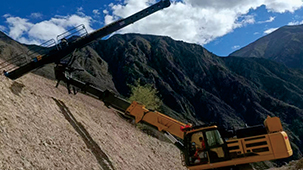
- Slope Stabilization with SDA Bolts: Benefits & Applications
- Time:2025-08-19From:This Site
- Discover how self-drilling anchor bolts (SDA bolts) provide superior slope stabilization for highways, railways, and tunnels. Learn their key benefits, installation process, and real-world applications in loose or collapsible soils.
- View details
-
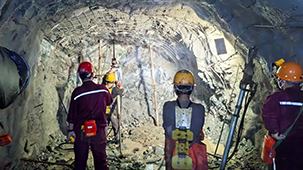
- How Self-Drilling Rock Bolts Enhance Tunnel Support in Fractured Rock?
- Time:2025-08-15From:This Site
- Discover how self-drilling rock bolts enhance tunnel support in fractured rock. Learn their benefits, installation steps, and real-world applications for safe, efficient tunneling.
- View details
-
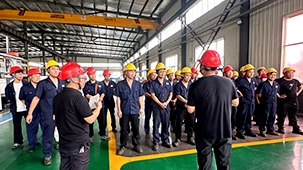
- Sinorock 2025 Quality Month | Strengthening Quality Foundations, Empowering Product Excellence
- Time:2025-08-13From:This Site
- Sinorock’s 2025 Quality Month, themed “Strengthening Quality Foundations, Empowering Product Excellence,” successfully concluded, reinforcing our commitment to superior product quality.
- View details
-
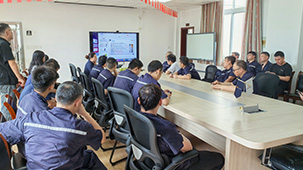
- Sinorock Safety Month 2025 | Everyone Speaks Safety, Everyone Can Respond
- Time:2025-07-03From:This Site
- Sinorock Safety Month 2025, centered on the theme "Everyone Speaks Safety, Everyone Can Respond - Spot Workplace Hazards," has wrapped up successfully!
- View details
-
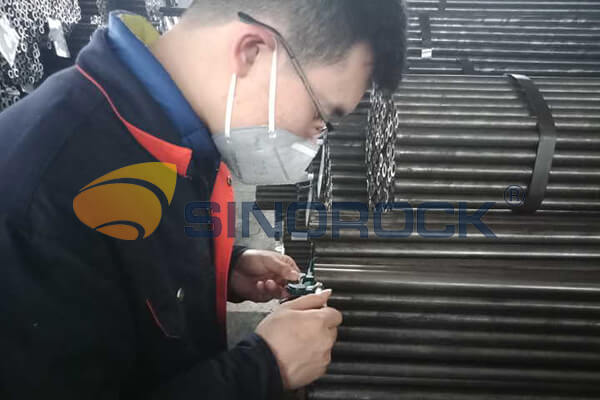
- Quality Control: the Vital Factor of A SDA Bolt Factory
- Time:2025-01-09From:This Site
- Sinorock’s comprehensive quality control system, from supplier management to outgoing inspections, ensuring the highest standards for self-drilling anchor bolts in construction.
- View details
-
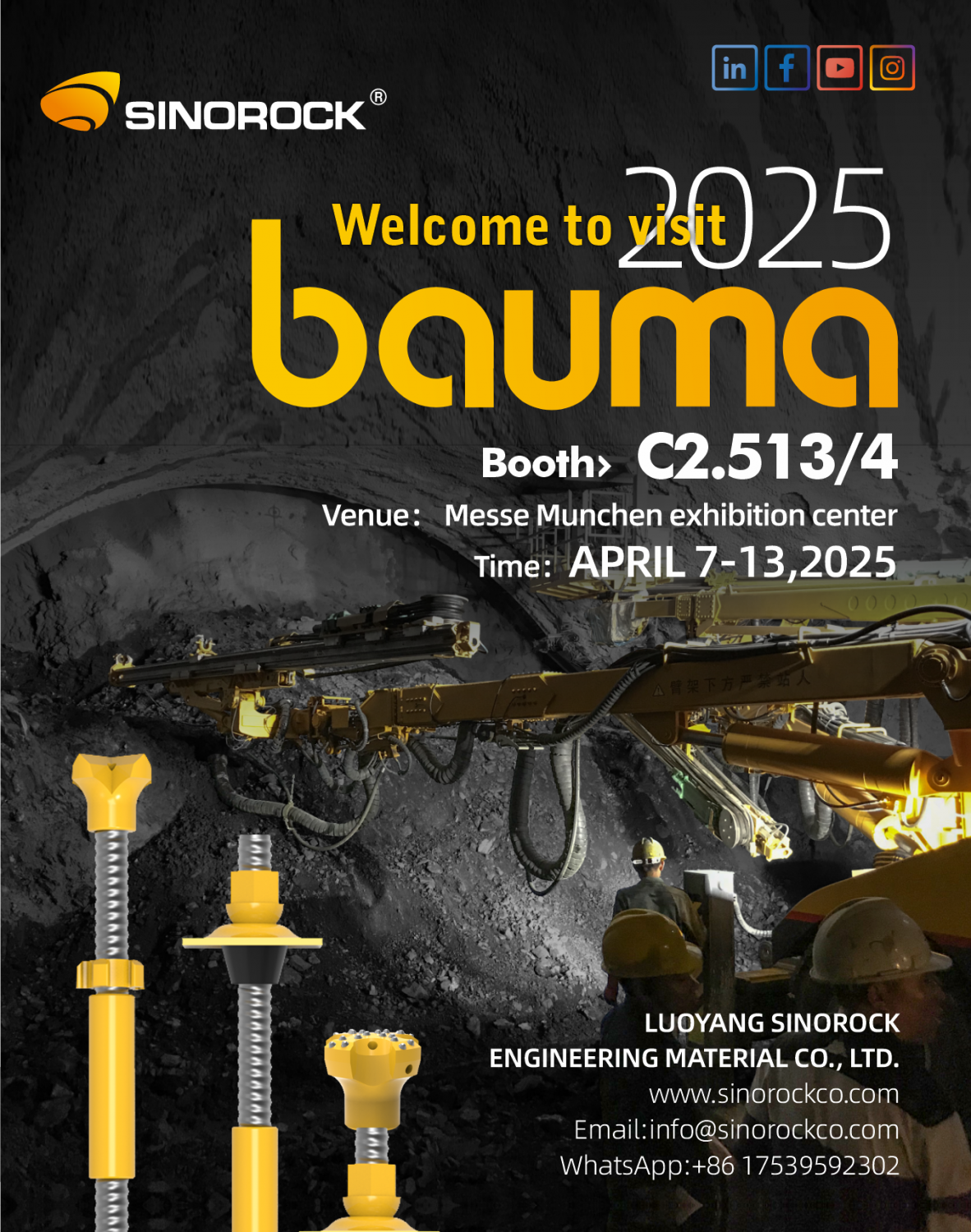
- Sinorock Invites You to Explore Proven Self-Drilling Anchor Bolt Solutions at bauma 2025
- Time:2025-03-07From:This Site
- From April 7–13, 2025, explore Sinorock’s Self-drilling anchor bolt solution at Booth C2.513/4 in Hall C2 of the Messe München Exhibition Center (Munich, Germany).
- View details
-
.jpg)
- SINOROCK to Attend EXPOMINA PERÚ 2024 in Lima, Peru
- Time:2024-08-10From:This Site
- Sinorock to Attend EXPOMINA PERÚ 2024 in Lima, Peru
- View details
-
.jpg)
- SINOROCK to Participate in MINING AND METALS CENTRAL ASIA 2024
- Time:2024-08-08From:This Site
- SINOROCK to Participate in MINING AND METALS CENTRAL ASIA 2024
- View details
 Download
Download 


